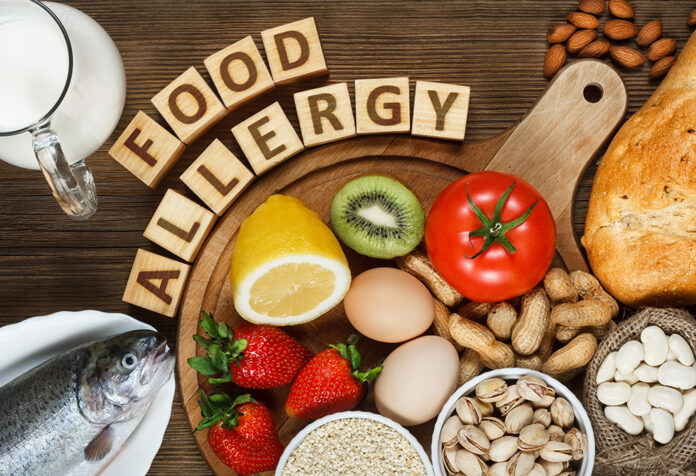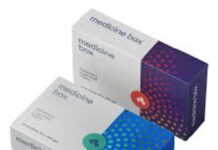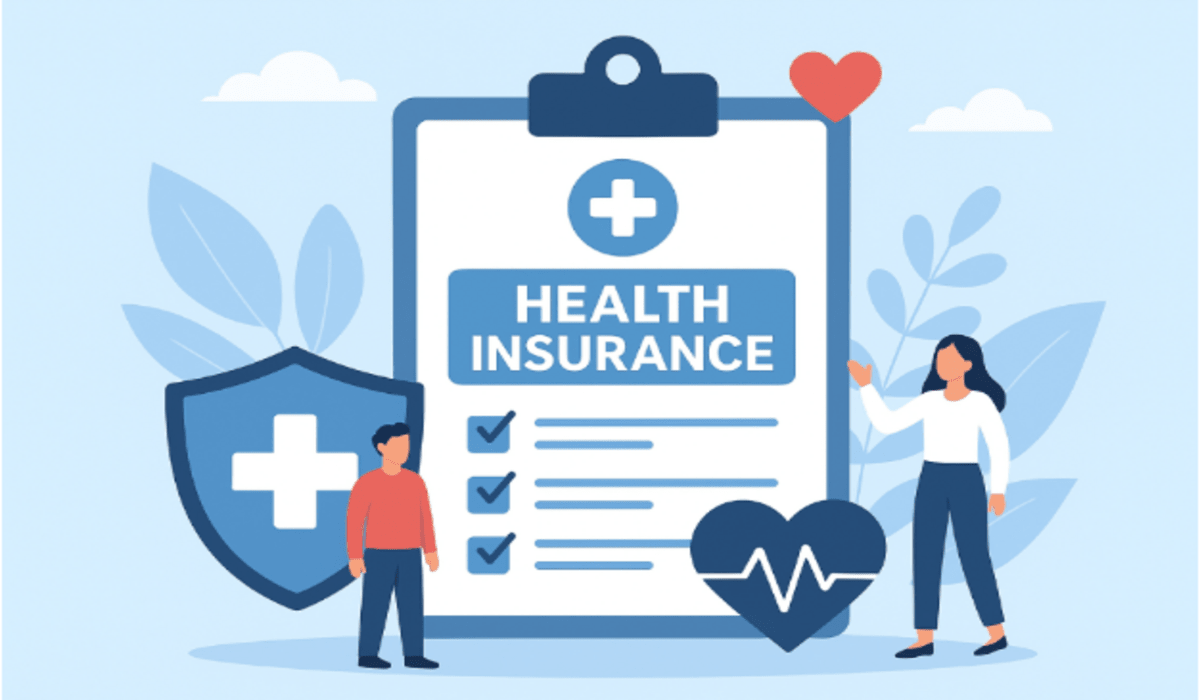Food allergies are a surprisingly common occurrence in the United States, and they usually involve some protein-containing food. The most common culprits are milk, eggs, peanuts, soybeans, tree nuts, wheat, and shellfish. Food allergies are one of the top ten leading causes of hospitalization in children! But how do you know if your child has a food allergy? This blog will be discussing some of the most severe cases of food allergies, which may provoke a severe reaction.
1. Cow’s Milk
Cow’s milk is the most common culprit of all food allergies, and it has been traced to a genetic mutation in the mother. The child will usually develop an allergy to cow’s milk at about three months, which then progresses to a life-long allergy. This allergy can be fatal, but not as often as a peanut allergy. Anaphylaxis results from an allergic reaction that can cause death by a heart attack, shock, and even seizures. It is the most severe of all allergic reactions, and the most common treatment is epinephrine.
However,
The good news is that children with milk allergies can be treated, and this allergy can be cured. The bad news is that treatment involves removing milk from the diet all the time. For example, if a 2-year-old has a milk allergy, she will avoid milk for her entire life. This is difficult for many parents because cow’s milk is the primary source of nutrition for a growing toddler. Children who are allergic to cow’s milk will usually avoid dairy products such as cheese, ice cream, yogurt, and other desserts. Occasionally, a child may not be allergic to all forms of cow’s milk and can drink lactose-free milk. Lactose-free milk is made from cows bred not to produce the enzyme known as lactase.
2. Eggs
Egg allergy is believed to be more common in young children than cow’s milk protein allergy. It can cause anaphylaxis but more often causes an itchy rash called hives. It is extremely rare for a child to have a fatal reaction to egg, making it less serious than a peanut allergy. The most severe reaction a child can have to an egg is called angioedema, which causes the swelling of soft goals like the tongue, face, and lips. This can be extremely scary for your child but is more a nuisance than a medical problem. It’s crucial for parents to distinguish between hives vs rash and understand the specific symptoms associated with an egg allergy.
Eggs are in many foods, so parents of children with egg allergies must learn to read food labels carefully. It is astonishing how many foods contain eggs, including spices and flavorings such as vanilla extract, pudding and cake mixes, and hot dogs. Some people choose to completely take eggs out of their diet, while others can tolerate small amounts of egg. This sensitivity varies from person to person.
Egg allergy is not a problem if you follow a lactose-free or casein-free diet, which avoids both proteins. The best way to tell if your child has an egg allergy is to perform the RAST test. A blood sample will be taken and tested for common allergens such as staphylococci, soy, grass, and animal dander. If a reaction is detected among these allergens, the real culprits can be identified.
3. Peanuts
Peanut allergy is one of the most common allergies in children. It usually develops before age five, and it is believed that genetics play a large role in the development of this allergy. Most children develop an allergy to peanuts between the ages of 1 and 3. Peanuts are legumes and related to soybeans and peas, but they behave like nuts when ingested by humans.
Peanut allergy can be fatal if consumed accidentally by a child who has a severe peanut allergy. Children with this allergy are usually put on a special peanut-free diet. You should avoid the top eight allergens if they cause a reaction in the child. Peanuts are often found in baked goods, chocolate, candy, and ice cream.
If a child is diagnosed with a peanut allergy, they should avoid peanut oil products such as lipstick, toothpaste, and shampoo. Children allergic to peanuts often react to other nuts like cashews, pistachios, and walnuts. Sometimes children can tolerate small amounts of these nuts without having an allergic reaction.
3. Cheese
Rice and dairy are the two most commonly allergenic foods. Cheese is usually not an issue unless a child is sensitive to casein, which is a protein found in milk. The only forms of cheese that cause problems are soft cheeses such as Brie, Camembert, and Blue cheese. Table cheeses and aged cheeses are safe for children.
Cutting out just one food from your diet can be difficult, but eliminating four foods can be overwhelming for most parents. Children with a dairy allergy may eat small amounts of yogurt and hard cheeses, but there is no substitute for cheese. Kids who are allergic to cow’s milk can tolerate dairy products in small amounts.
Most children will grow out of their allergies to these foods as they get older, but if your child has a life-threatening allergy to these foods, they should be treated and kept safe.
6. Tree nuts
Tree nuts are a class of foods that includes peanuts, walnuts, pecans, and cashews. Allergic reactions to these foods can be extremely serious because if eaten in large quantities, the redness and swelling can progress to anaphylaxis. Death is less likely than a peanut allergic reaction. Examples of tree nuts are?
- Almonds
- Brazil nuts
- Chestnuts
- Hazelnuts (filberts)
- Macadamia nuts
- Pecans
These are fun foods to eat, but they can be deadly if a child ingests them. Children with this allergy usually have a mild reaction to tree nuts and need to avoid them for the rest of their life.
Allergist in Sewell NJ recommend that parents eliminate tree nuts from their children’s diets as soon as they suspect a problem. The blood test called RAST will be very helpful in determining if your child is allergic to tree nuts or peanuts. If only peanuts are a problem, then the child can still eat foods that contain tree nuts and peanuts without a problem.
7. Fish
Fish are a great source of protein and omega-3 fatty acids that help the body build healthy cells. A fish allergy is just as dangerous as a peanut or wheat allergy. Children with this type of allergy must avoid all types of fish, even cooked ones. Fish are in many processed foods, so the child must read all labels carefully.
A seafood allergy is an allergic reaction to any seafood such as lobster, crab, shrimp, and clams. This allergy is extremely rare, but it does occur in children. Also, many people have an allergic reaction to fish oils and not just the fish. Gymnasts can develop a rash when they wear tights that have been treated with this oil.
Eating fish is good for you, but if your child has seafood allergies, you need to read the fine print on any food label. If the product contains fish, it must be listed on the label.
Conclusion
If you suspect that your child has any food allergy, or if they have mentioned that they are allergic to a certain food, then it is best to take them to see an allergist. Blood tests can help determine if children are truly allergic to certain foods. Allergies should be treated and cured because there is no reason for getting sick from eating healthy foods. Your child will grow up happy and healthy with a nice treat every so often.







































